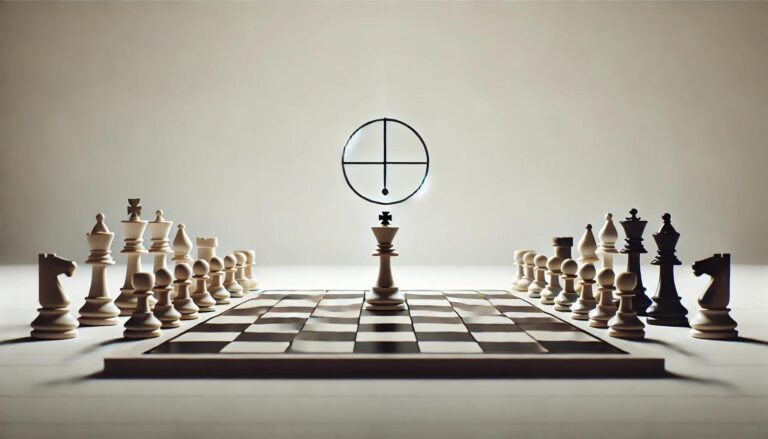Section 1: Understanding Sacrifices in Chess
Chess is a game of strategy and tactics, where players take turns trying to outmaneuver and capture their opponentâs pieces. While the ultimate goal is to checkmate the opponentâs king, sometimes players must make sacrifices along the way in order to gain an advantage and ultimately secure victory. Sacrifices in chess involve intentionally giving up a piece in exchange for a tactical or positional advantage. It can be a risky move, but when used correctly, it can lead to a game-changing advantage and pave the way for victory.
Section 2: Types of Chess Sacrifices
There are various types of chess sacrifices, each with its own set of objectives and benefits. Letâs take a closer look at some of the most common types of chess sacrifices.
A material sacrifice involves giving up a piece or multiple pieces in exchange for a positional advantage or checkmate. This type of sacrifice is often used in the opening phase of the game to gain control of the center or to disrupt the opponentâs development. The goal of a material sacrifice is not to simply lose pieces, but to gain a more powerful position that can lead to a win. The sacrificed piece is usually a knight, bishop, or pawn, as these pieces can often be sacrificed without losing too much material value.
An exchange sacrifice involves giving up a more valuable piece (such as a rook or queen) for a less valuable opponentâs piece. The objective of an exchange sacrifice is to weaken the opponentâs position or open up lines for an attack. This type of sacrifice is often used in the middle game when there are multiple pieces on the board and the position is more complex. It requires a high level of calculation and strategic thinking, as the potential benefits must outweigh the loss of material.
Pawns are the smallest pieces on the board, but they can also be used as powerful sacrificial tools. A pawn sacrifice involves giving up one or more pawns to gain a strategic advantage. It is often used to open up lines for an attack, gain space, or fix the opponentâs pawns in unfavorable positions. Pawn sacrifices require careful calculation and planning, as giving up too many pawns can weaken a playerâs position.
King safety sacrifices involve giving up a pawn or piece to improve the safety of the king. This type of sacrifice is used when the opponentâs pieces are putting pressure on the king, and sacrificing a piece is the only way to defend it. It is a tactical move that requires quick thinking and calculation, as a wrong sacrifice can quickly lead to defeat.
Section 3: When to Make a Sacrifice in Chess
Knowing when to make a sacrifice in chess is crucial for success. It requires a deep understanding of the position, the opponentâs plans, and the potential benefits of the sacrifice. Here are some situations in which sacrificing a piece can be beneficial:
– To break stalemate: Sometimes, a player may be in a position where they cannot make any useful move without losing. Sacrificing a piece can break the stalemate and give the player a chance to win.
– To force a draw: In some cases, sacrificing a piece can lead to a drawn game, saving a player from a potential loss.
– To attack the opponentâs king: Sacrificing a piece to open up lines of attack on the opponentâs king can be a game-changing move, leading to a checkmate.
Section 4: Conclusion
Sacrifices are an essential part of chess and can be used to turn the tide of a game. However, they require careful consideration and calculation, and should not be made impulsively. A successful sacrifice requires a deep understanding of the position, a clear objective, and a calculated risk. By understanding the different types of sacrifices and knowing when to use them, a player can improve their strategic thinking and increase their chances of victory in any chess game.

